
7 Tips for Summer Kombucha
 Kombucha is a must-have in the summertime! When the body is exposed to excessive heat, the liver can become stressed and kombucha can help! Drinking kombucha can keep you cool and hydrated in the summertime. It can also help your liver which is one of the organs most vulnerable to excessive heat. Just like a plant can wilt in the heat, our bodies can suffer as well. Kombucha has special compounds that help the liver do its job in detoxifying you and keeping the liver running smoothly.
Kombucha is a must-have in the summertime! When the body is exposed to excessive heat, the liver can become stressed and kombucha can help! Drinking kombucha can keep you cool and hydrated in the summertime. It can also help your liver which is one of the organs most vulnerable to excessive heat. Just like a plant can wilt in the heat, our bodies can suffer as well. Kombucha has special compounds that help the liver do its job in detoxifying you and keeping the liver running smoothly.
Keep the heat and inflammation out of your joints. Kombucha is packed with glucosamine which helps prevent joint damage by supporting the preservation of collagen. It does this by increasing hyaluronic acid which is important for the lubrication of your joints. When joints are better able to move, the collagen isn’t worn down as much. Kombucha is a very healing drink for many different parts of the body.
Here are my best and most helpful tips for making kombucha in the summer when temperatures rise, not only outside but inside your home as well. If your house gets above 80 degrees, these tips can be a lifesaver!
7 Tips For Summer Kombucha
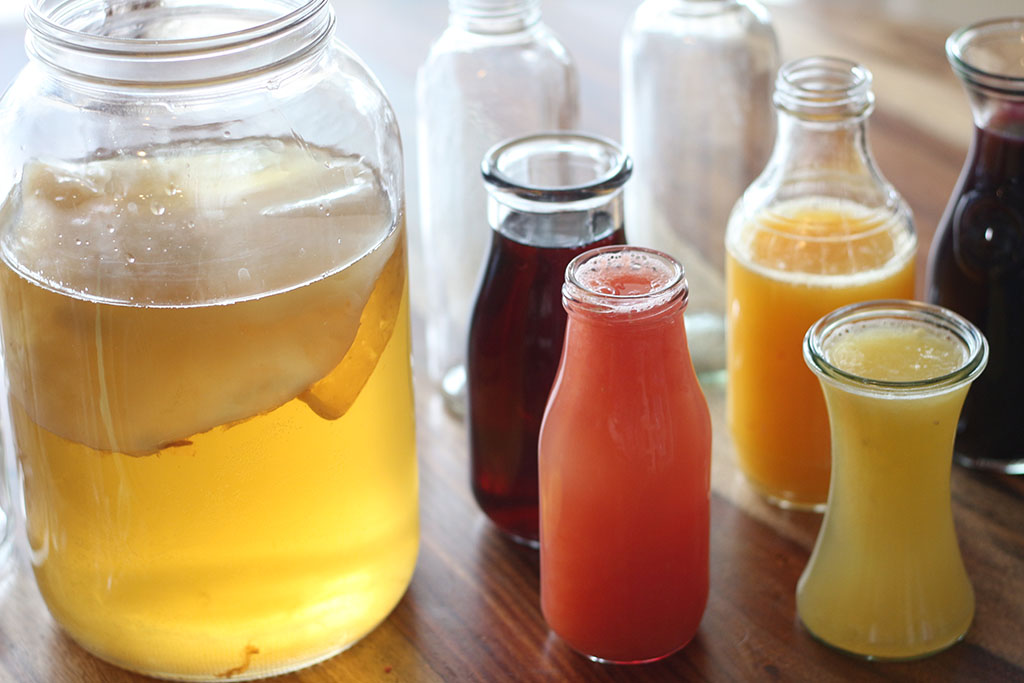
Kombucha and warmer temperatures.
During fermentation, kombucha prefers to be warm - 75 to 80°F. It does better overall in warmer, rather than cooler, temperatures. That being said, the fermentation time is much shorter in warmer temps. Move the kombucha to a cooler room if your temps are climbing above 85°F. You don't have to keep kombucha in your kitchen. If you have a spare room, extra large pantry, or dining room that stays a little cooler than your kitchen, you can move it there. While kombucha prefers to be warm, it will ferment more rapidly if the temperatures are very high and you'll have more kombucha faster!
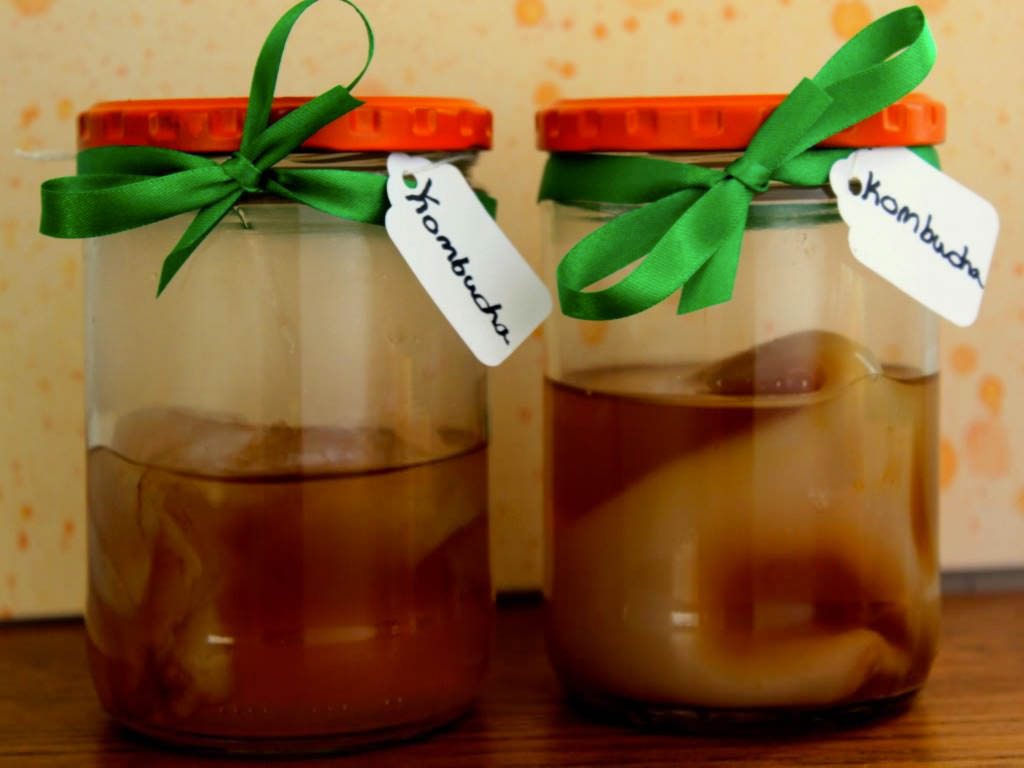
Make sure you aren't using TOO much starter tea.
When I make kombucha, I don't always do exact measuring. Sometimes I just leave a little of the finished kombucha in the jar to start the next batch. But in the summer, it's best to measure and make sure you aren't using more than 1 cup of starter tea for 3 quarts of sweet tea. The more starter tea you use, the faster the brew ferments and in the summer it doesn't need any extra help if your home is warmer. If you do have an over-fermented batch, never fear!
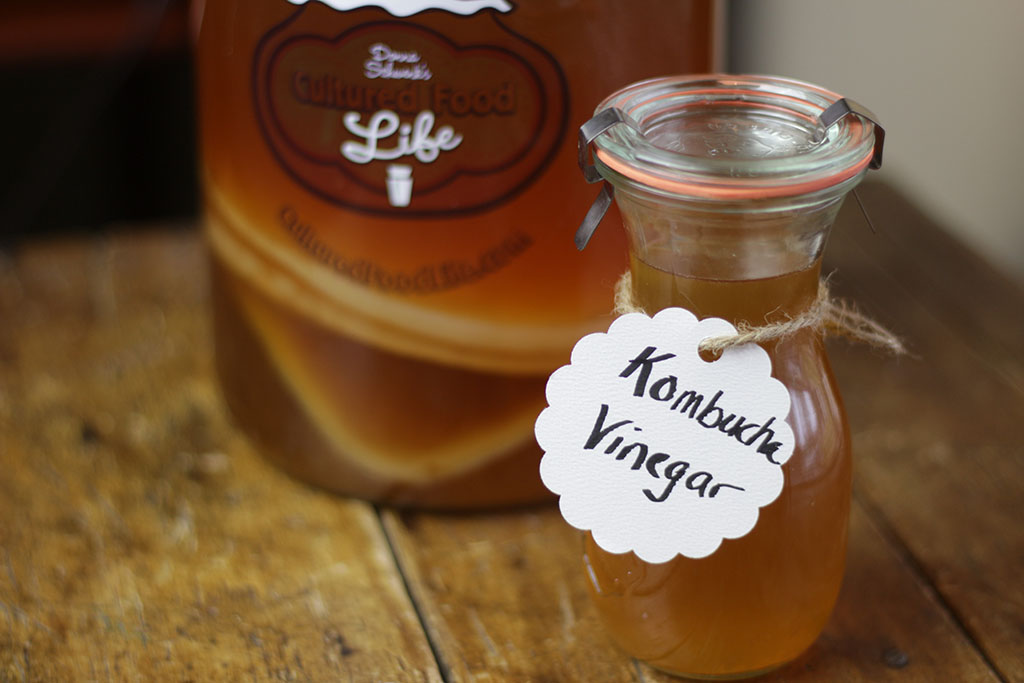
Make sure your starter tea isn't too sour.
The more sour/over-fermented your starter tea is, the faster your kombucha will brew. It's best in the summer to use starter tea from your previous batch rather than starter tea from a SCOBY hotel that is much stronger/more sour. If it does get too sour, I have tips to help.
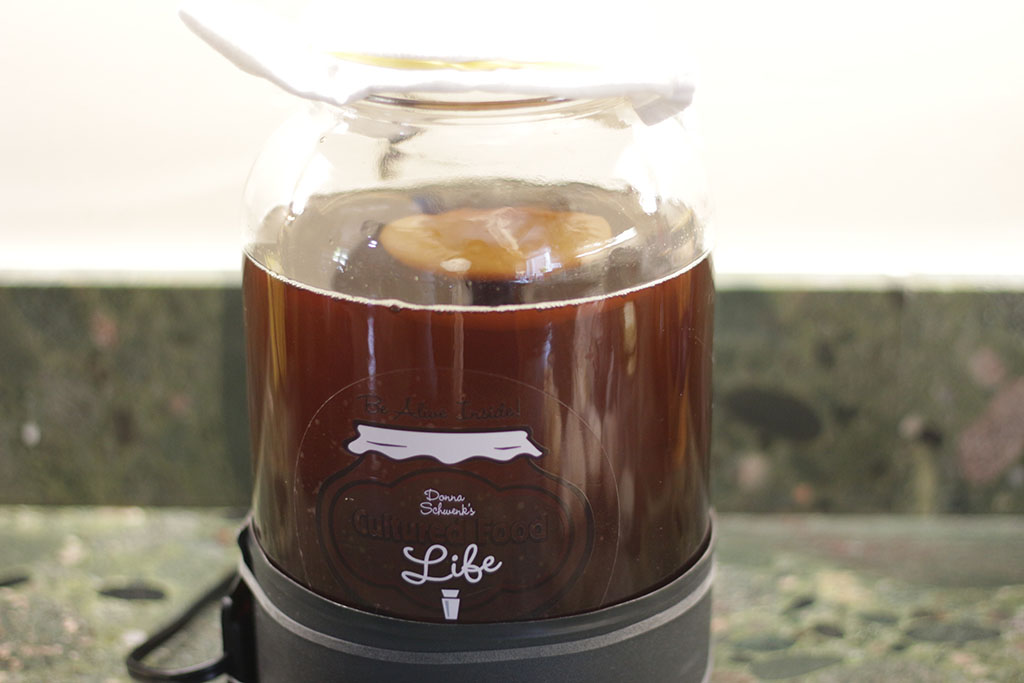
Don't use a heat strip.
If your home stays naturally warmer in the summer (75 to 80°F) there is no need to use a heating belt. This will only speed up the process unnecessarily. You'll find yourself making kombucha much more often then you may want. Making kombucha is all about temperature and the strength of your starter tea. Once you get those variables in place, you can make it work for you and fit your lifestyle.
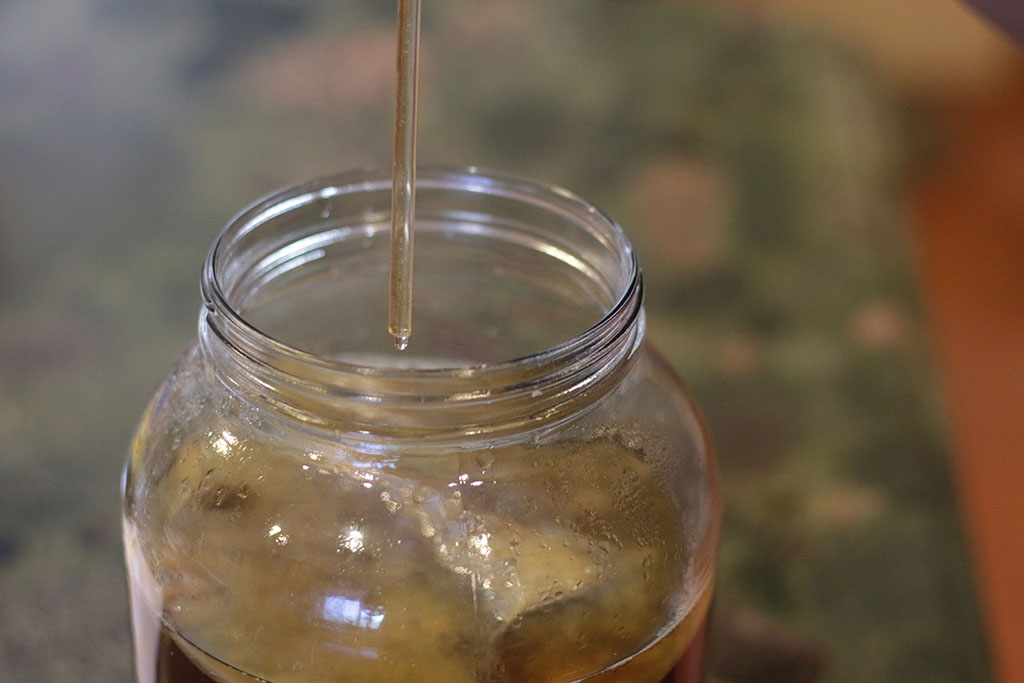
Taste test your kombucha sooner.
Kombucha in warmer temps can be done as early as 4-5 days, depending on the temperatures and how strong your starter tea is. So make sure you taste test it a little early in the summertime so it doesn't become over-fermented or too sour. If you want to taste your kombucha, stick a straw along the inside of your brewing vessel. You can do this without disturbing the SCOBY too much. Just slip in the straw along the inside of your brewing jar. Then put your finger over the top of the straw. If it's too sweet, not all the sugar is converted. When it tastes like sparkling apple cider and just a little tart, it's done!
(If you're using a jar with a spigot, just use the spigot for your taste test.)

More bubbles.
If you want to increase the carbonation in your kombucha tea, make sure it doesn't ferment too long. The good yeasts in kombucha eat the sugar and then release carbon dioxide. This is what creates carbonation. If you let it ferment too long, the kombucha goes flat. If you don’t let it get vinegary, it will stay bubbly. When the yeasts eat the sugars out of the tea, they make carbonation. When they run out of sugar to eat, they start to die and so do the bubbles. Second-fermenting is another way to achieve carbonation. The process requires adding juices or extra sugars and then capping off bottles and letting them ferment so the yeast can transform the sugars into natural carbonation.
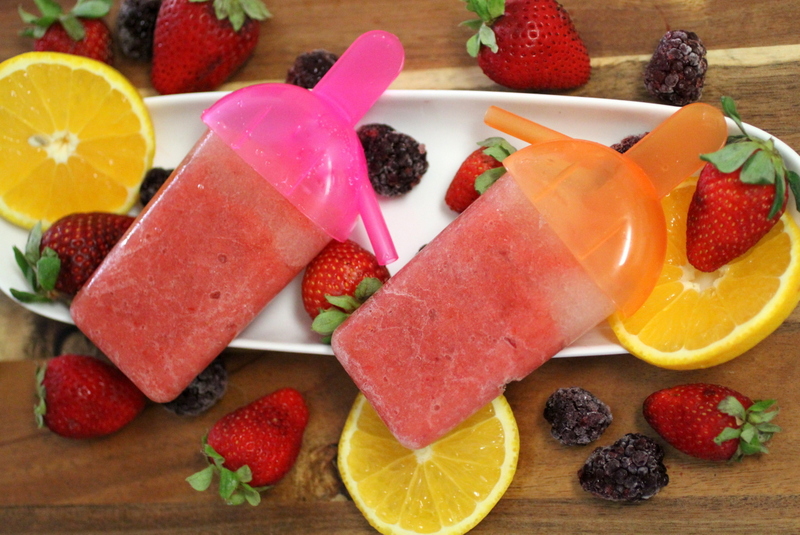
Extra SCOBYs.
If you make a lot of kombucha, you're going to have a lot of extra SCOBYs. We have lots of creative and delicious ways to use your extra SCOBYs.
20 Smart Ways to Use Your Kombucha Scobys
SCOBYs are good for you too!
These are five ways SCOBYs are beneficial:
- Contain no calories
- Absorb water, making it easier to pass stools
- Aid in waste removal, including metabolic waste normally excreted in bile
- Lower cholesterol levels by absorbing excess cholesterol from the bloodstream
- Slow the absorption of sugar and help normalize blood sugar levels
Listen To My Podcast
Kombucha is a must-have in the summertime! When the body is exposed to excessive heat, the liver can become stressed and kombucha can help! Drinking kombucha can keep you cool and hydrated in the summertime. Check out my 7 tips for making summer kombucha.
References I talked about:
Are you on the list?
Sign up today and I'll send you my free Getting Started Guide!
Each week I'll send you updates, tips, recipes, and more! You might even be a winner of my weekly giveaway! (starter cultures, memberships, and more!)
Come be a part of my cultured food family!


